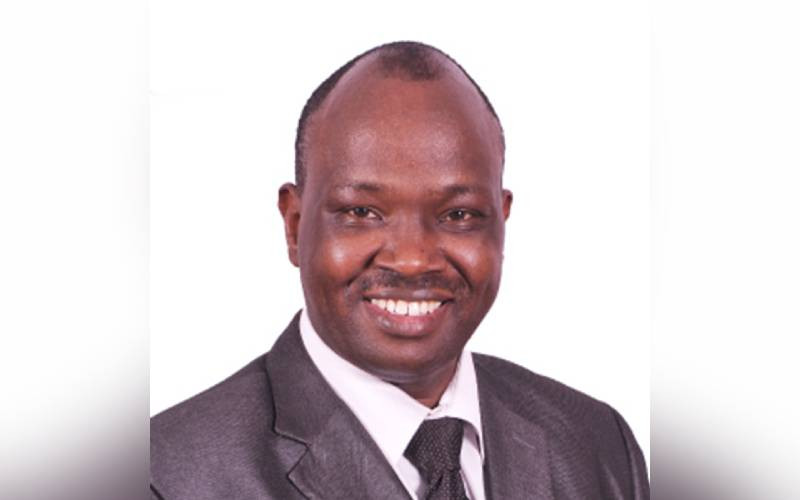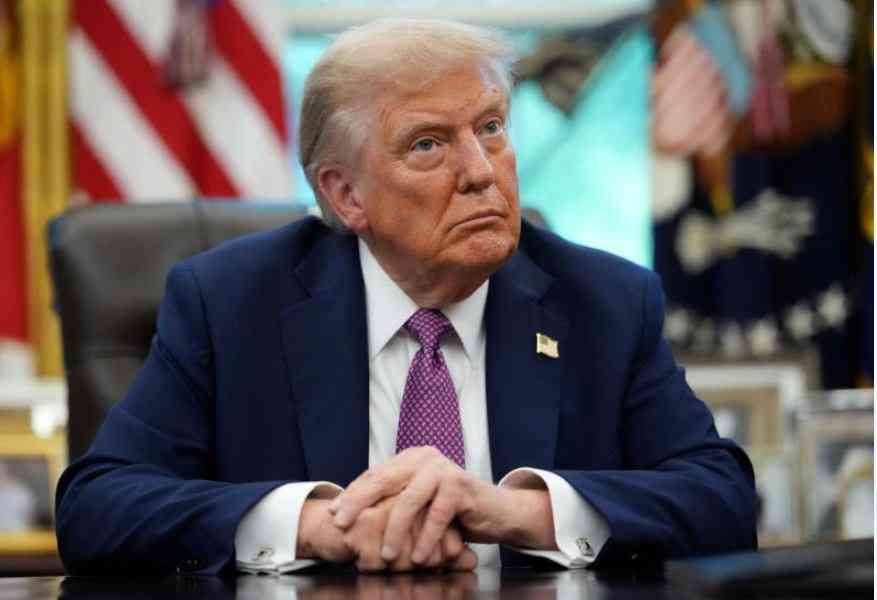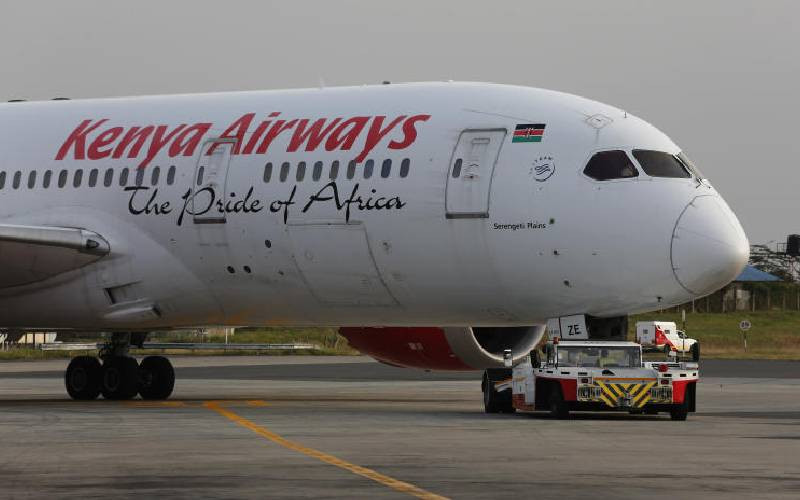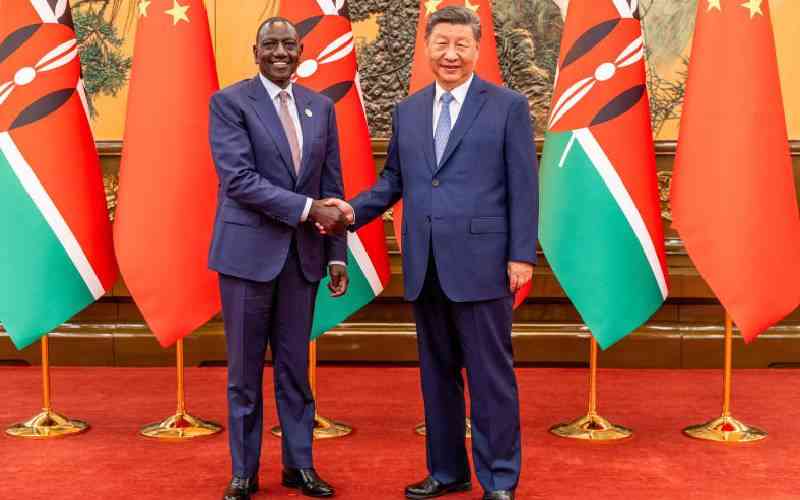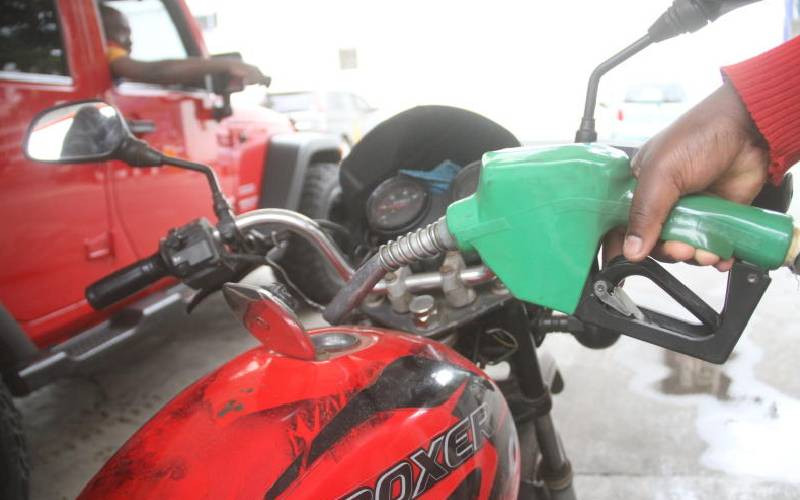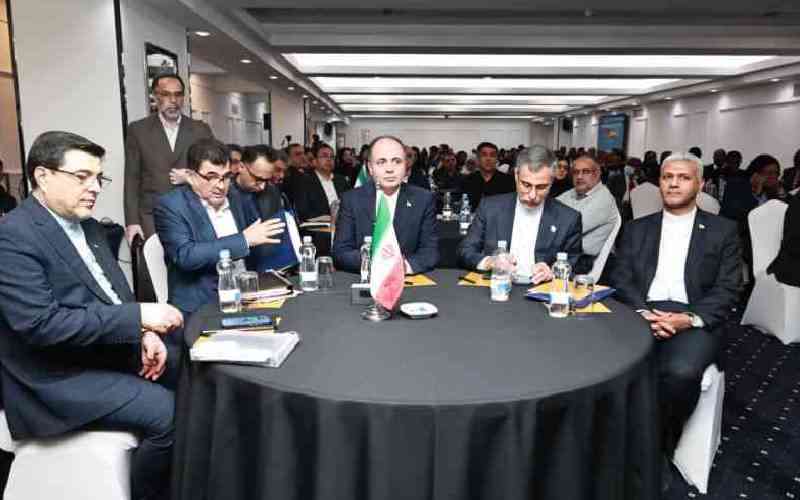×
The Standard e-Paper
Home To Bold Columnists

Kenyans are staring at the possibility of fuel prices hitting record highs over the next two months unless the government continues to cushion consumers at the pump.
